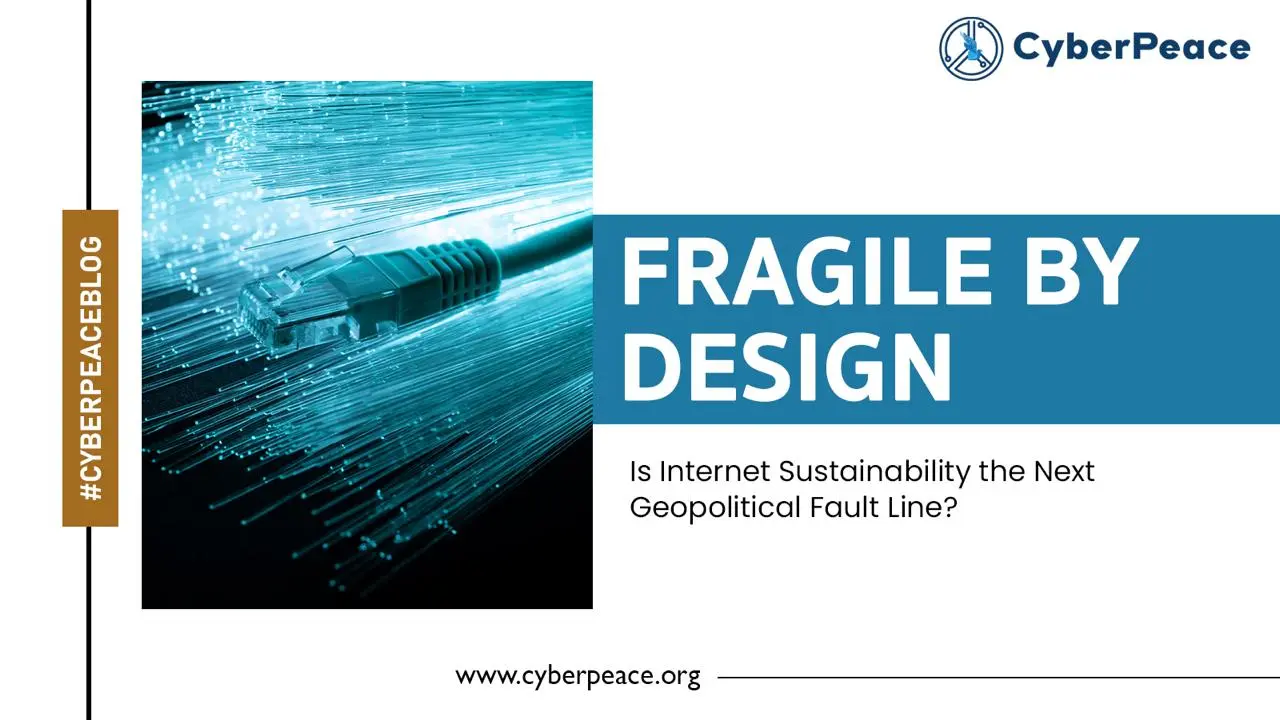Deepfake Alert: Sachin Tendulkar's Warning Against Technology Misuse
Introduction
Deepfake have become a source of worry in an age of advanced technology, particularly when they include the manipulation of public personalities for deceitful reasons. A deepfake video of cricket star Sachin Tendulkar advertising a gaming app recently went popular on social media, causing the sports figure to deliver a warning against the widespread misuse of technology.
Scenario of Deepfake
Sachin Tendulkar appeared in the deepfake video supporting a game app called Skyward Aviator Quest. The app's startling quality has caused some viewers to assume that the cricket legend is truly supporting it. Tendulkar, on the other hand, has resorted to social media to emphasise that these videos are phony, highlighting the troubling trend of technology being abused for deceitful ends.
Tendulkar's Reaction
Sachin Tendulkar expressed his worry about the exploitation of technology and advised people to report such videos, advertising, and applications that spread disinformation. This event emphasises the importance of raising knowledge and vigilance about the legitimacy of material circulated on social media platforms.
The Warning Signs
The deepfake video raises questions not just for its lifelike representation of Tendulkar, but also for the material it advocates. Endorsing gaming software that purports to help individuals make money is a significant red flag, especially when such endorsements come from well-known figures. This underscores the possibility of deepfakes being utilised for financial benefit, as well as the significance of examining information that appears to be too good to be true.
How to Protect Yourself Against Deepfakes
As deepfake technology advances, it is critical to be aware of potential signals of manipulation. Here are some pointers to help you spot deepfake videos:
- Look for artificial facial movements and expressions, as well as lip sync difficulties.
- Body motions and Posture: Take note of any uncomfortable body motions or discrepancies in the individual's posture.
- Lip Sync and Audio Quality: Look for mismatches between the audio and lip motions.
- background and Content: Consider the video's background, especially if it has a popular figure supporting something in an unexpected way.
- Verify the legitimacy of the video by verifying the official channels or accounts of the prominent person.
Conclusion
The popularity of deepfake videos endangers the legitimacy of social media material. Sachin Tendulkar's response to the deepfake in which he appears serves as a warning to consumers to remain careful and report questionable material. As technology advances, it is critical that individuals and authorities collaborate to counteract the exploitation of AI-generated material and safeguard the integrity of online information.
Reference
- https://www.news18.com/tech/sachin-tendulkar-disturbed-by-his-new-deepfake-video-wants-swift-action-8740846.html
- https://www.livemint.com/news/india/sachin-tendulkar-becomes-latest-victim-of-deepfake-video-disturbing-to-see-11705308366864.html










